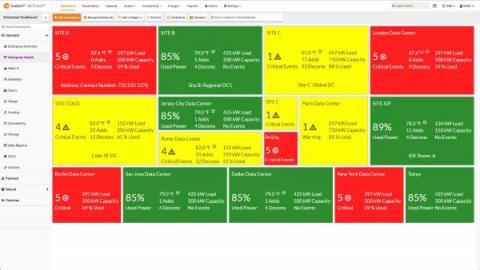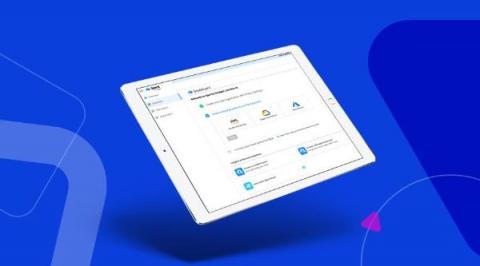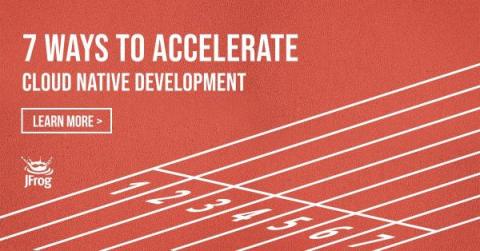Operations | Monitoring | ITSM | DevOps | Cloud
Latest News
IPv4 vs IPv6 - What are the Differences?
An IP (Internet Protocol) address is a numerical label which is used for addressing he location and identification of the network interface for the devices connected to the computer network. The most used and popular IP version is IPv4 which uses 32-bit for IP addresses. Since the IPv4 became popular and the IPv4 addresses are getting depleted, Ipv6 is now used which uses 128-bit for the IP addresses.
Verify image signatures with GitHub Actions and KeylessPrefix
With the latest releases of Kubewarden v1.1.0 and the verify-image-signatures policy, it’s now possible to use GithubActions or KeylessPrefix for verifying images. Read our previous blog post if you want to learn more about how to verify container images with Sigstore using Kubewarden.
6 Best Practices to Create a Data Center Naming Convention
FireHydrant Tasks provide turn-by-turn navigation during an incident
An incident has been declared and your runbook has fired. Everyone is gathered in your Slack channel, the tickets are opened, and roles are assigned. Now what? This is when most teams manually update status pages and kickoff investigation streams using a patchwork of tribal knowledge and supporting playbook documents.
Data Center Analytics: Top KPIs Chosen by Experts
Today’s data centers generate a lot of data. Intelligent rack PDUs and other metered power infrastructure, environmental sensors, and the constant change in modern data centers all contribute towards a massive volume and variety of data. But data center professionals don’t have the time to collect all the data from its sources, analyze it, and derive insights from it that improve their data center operations.
A birds-eye view with the new dashboard
Get to the Good Stuff
7 Ways to Accelerate Cloud Native Development
ITOps vs. DevOps: Overcoming the Conflict
ITOps and DevOps are technology management practices that have been around long enough that anyone in IT should have a good grasp of what they mean. Here’s our experts’ take on ITOps vs. DevOps.











